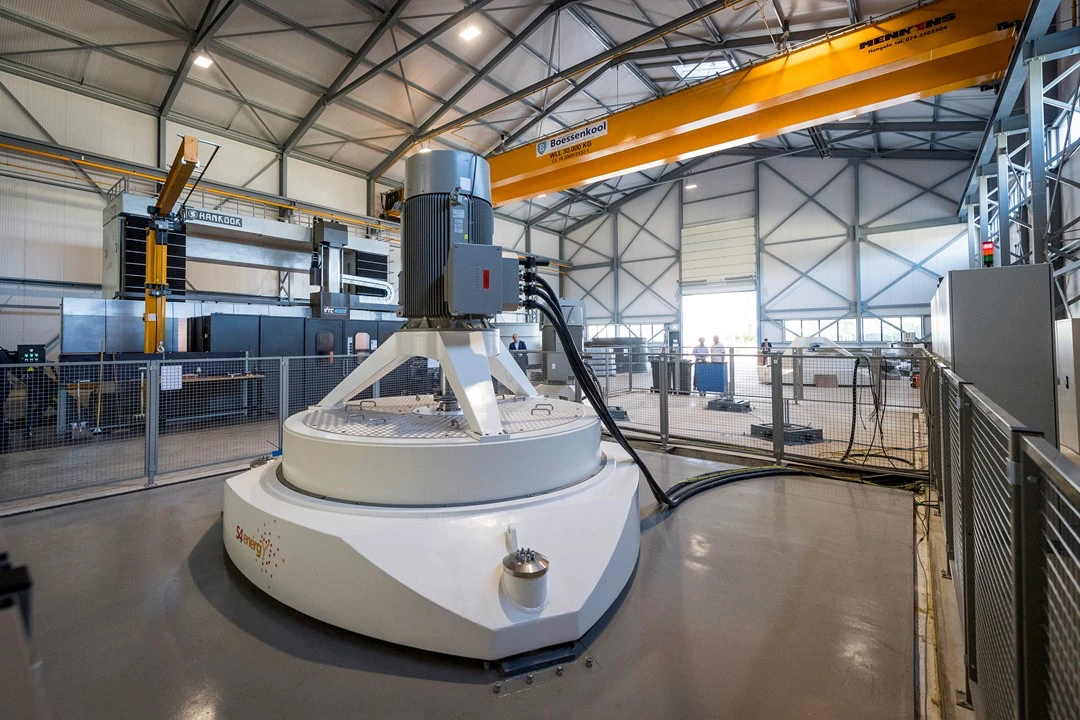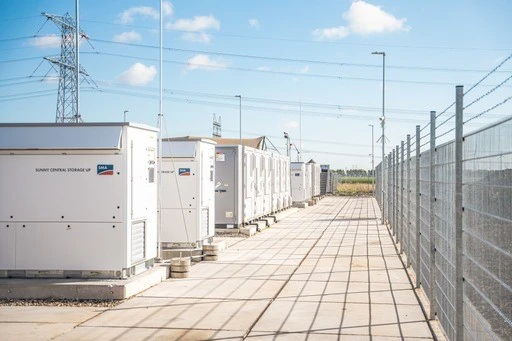
Castleton Commodities International LLC announced today that a subsidiary has acquired a majority stake in S4 Energy BV, a company that develops, owns and operates large-scale energy storage systems.

According to a recent study by the economic consultancy Ecorys, 2 billion euros a year (the cost of power outages) could be saved by using battery systems.